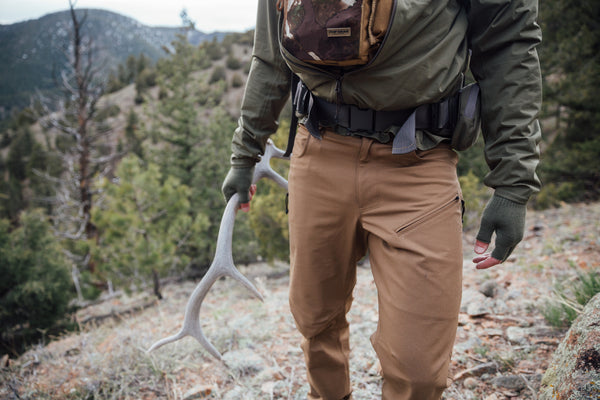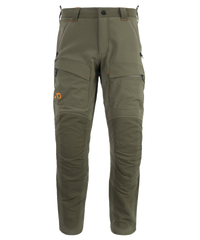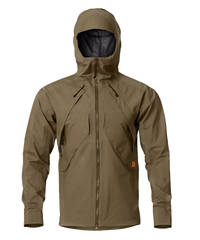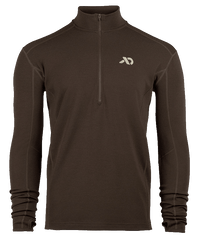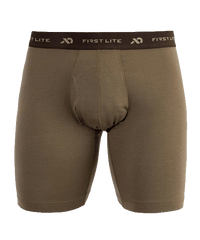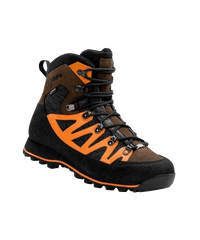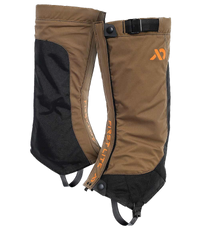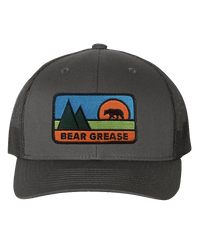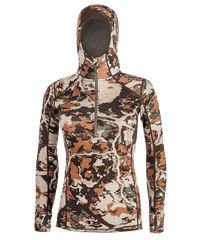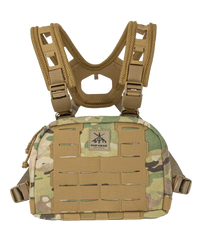Layering your hunting clothing for best performance

We want to start off the GearFex BLOG with a post about layering. We strongly believe knowledge and information on this topic to be the most important thing for you, in order to “build” and properly use a well functioning kit of clothing for active hunting.
Layering your hunting apparel is essential for staying comfortable and protected in varying weather conditions. The concept involves wearing multiple clothing layers, each with its specific function, to regulate body temperature, manage moisture wicking and provide insulation.
The Base Layer
The first layer, worn next to your skin, is the base layer. It must be moisture wicking to move sweat away from the skin in order to keep you dry and comfortable. Your next to skin base layer should be suited and chosen to match the maximum level of body heat and sweat that you expect to face in your planned activity.
We recommend owning multiple options of base layers for most flexibility when starting the foundation of your layering when preparing for your next hunt or outdoor activity. Whether you choose options with long or short sleeves, thicker or thinner materials, tops with or without front zippers or with or without hoody, will be determined by your personal preference, by how intensely you sweat and heat up when you are physically very active and last but not least also by the budget you are willing to spend.
There are a variety of fabrics used for base layers. We at GearFex are bordering obsessive fans of Merino wool, especially First Lite Merino Base Layers and will share more in depth thoughts on that in a separate blog post.
But already one IMPORTANT note ahead: garments made out of COTTON are NOT suited as base layers for active hunting or outdoor activities of any sort.
The Mid Layer
As a mid layer, you can use - like we often do - a second, third or even fourth layer of a piece made from Merino wool. Also you could use a single layer like a synthetic fill puffy jacket, a hydrophobic down sweater, a breathable fleece jacket or something similar.
Having one single mid layer will be quick and easy to put on and off, reduces weight and keeps things simple. On the other hand having your insulation consist of multiple mid layers will give you more flexibility in regards to managing your body temperature and moisture wicking. So you will need to decide what works best for you. Either way it’s important to keep in mind that mid layers should also have an excellent moisture wicking capacity to ensure your base and outer layer can do their job and work as intended.
The Outer Layer
The outer layer - also known as the “shell” - will protect you against wind, rain and snow. One can say that outer layers come in two primary forms:
Hard shells: Typically made of very waterproof multi layer membranes, good hard shells should also be highly breathable while built in a robust manner - like the First Lite 4.5 layer OMEN Stormshelter Kit - to withstand tough use and rough terrain.
Soft shells: Are a comfortable and very quiet option for an outer layer. Quality soft shells should be breathable, good windbreakers, but might only be water resistant and therefore more suitable for less extreme conditions or when strong rain or snow falls are not expected.
Additionally for best performance your clothing kit can, and in our opinion should, include:
We will share more on these topics and pieces of equipment as we keep developing our GearFex BLOG section and we will intentionally be drifting also into accessories, gear and other important pieces of equipment as well…
Stay tuned!




